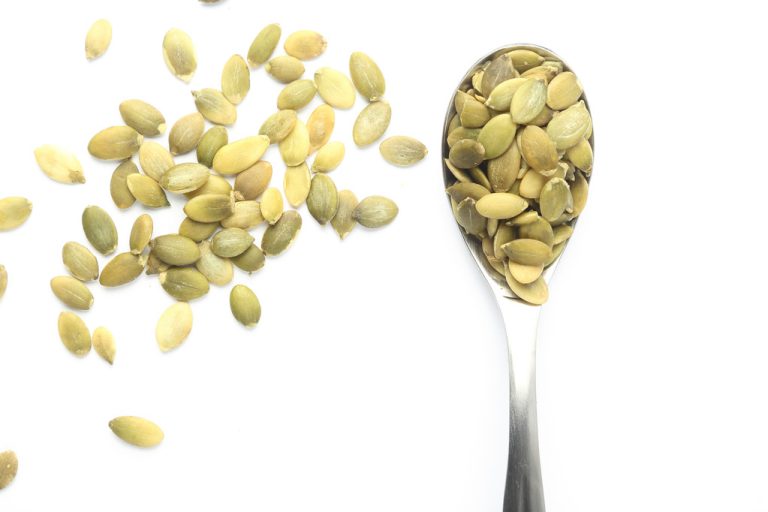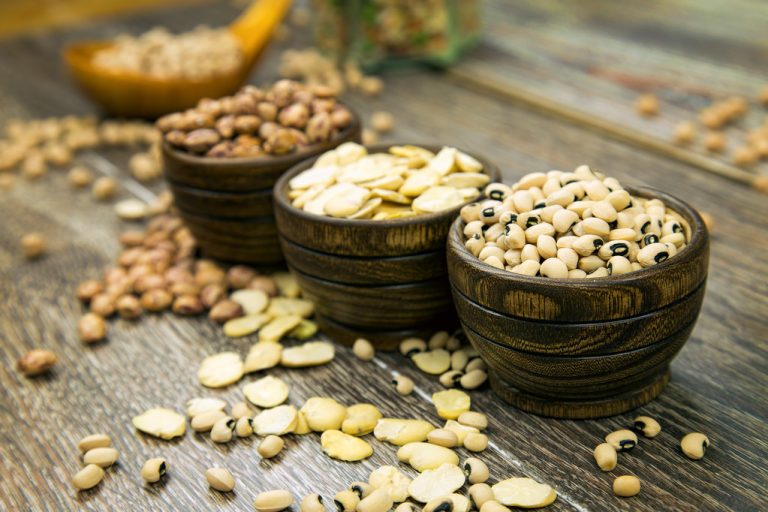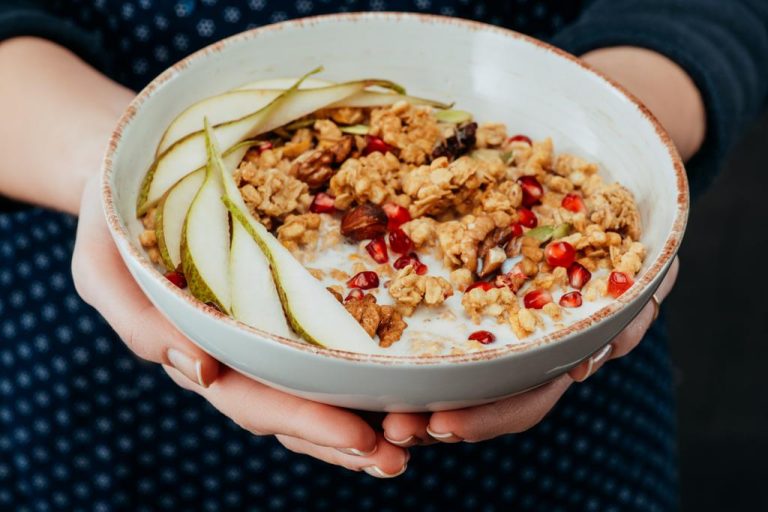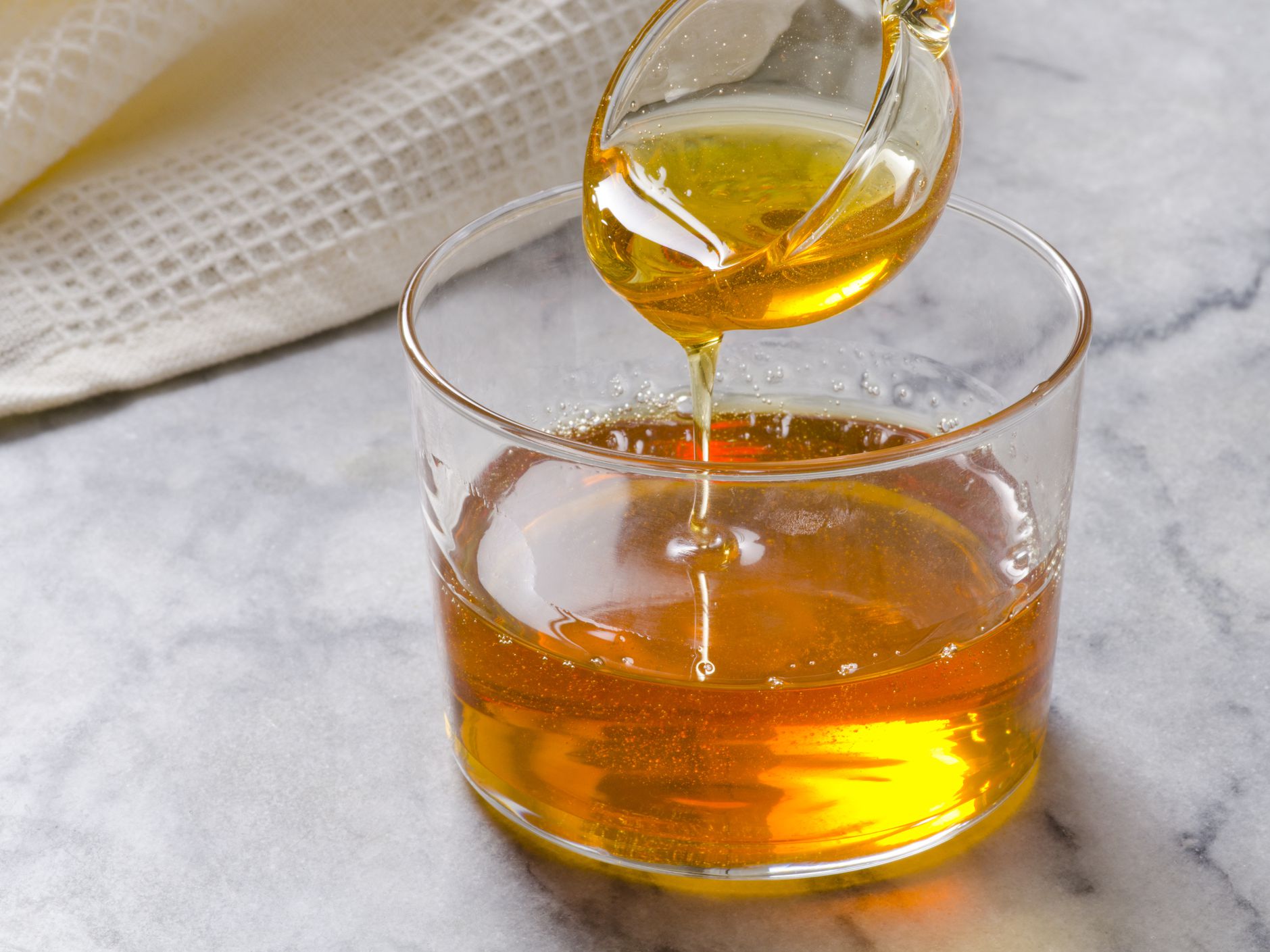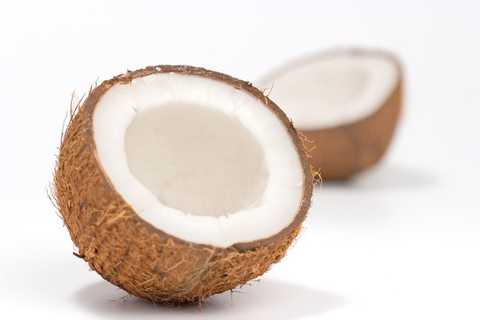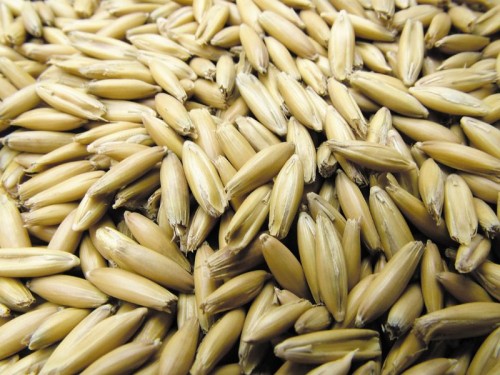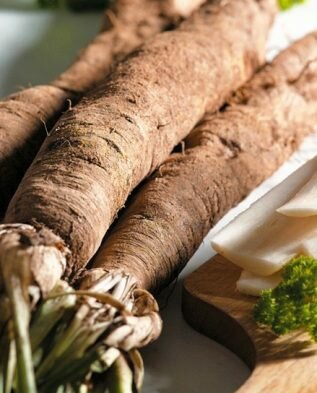There have been numerous myths surrounding coffee for years. For many, it has now become an indispensable part of every day.

Caffeine as a stimulant
When it comes to coffee, the caffeine factor plays a crucial role. Many people reach for a cup of coffee early in the morning to shake off morning fatigue and start the day awake. The effects of caffeine are quite varied. First and foremost, it ensures that our circulation gets going and our mood rises positively. After consumption, our body needs about 30 to 45 minutes to transport the caffeine into our bloodstream. With normal consumption, caffeine has a stimulating effect on the psyche. The main advantage of this is that we can overcome performance lows and get into an alert and alert state. Even the memory capacity of our brain can be temporarily improved by consuming coffee. Concentration increases and we overcome phases of tiredness. Another great benefit of caffeine is that our peripheral blood vessels dilate – at the same time, the cerebral vessels shrink. This can alleviate migraines and headaches – a property that pharmaceutical companies have now discovered for themselves. Caffeine is found in many headache pills these days. Of course, excessive caffeine consumption can also have a negative effect on our body. Sleep disorders, headaches and restricted motor skills are side effects that can occur if consumption gets out of hand. As with so many things in life, enjoying delicious coffee should be done in moderation.
The side effects of too much caffeine are partly to blame for the fact that coffee has a bad reputation in some circles. But if you don’t drink dozens of cups at once, you have nothing to fear here either. This is different for pregnant women, for example. The half-life of caffeine elimination for a normal human is around four hours. Expectant mothers, on the other hand, have to reckon with a half-life of around 20 hours. Therefore, you should take a closer look here. A suitable alternative would also be decaffeinated coffee. Older people often use this variant, so that it can be one or two more cups a day. A variety of flavors and manufacturing processes allow everyone to enjoy an unforgettable coffee experience – with or without caffeine. After all, it’s not the quantity that counts, but the taste – and that’s just wonderful with coffee.
Coffee – healthy or unhealthy
With regard to the question of whether coffee is healthy or unhealthy, the advantages and disadvantages of coffee should be discussed. In general, however, it can be said that coffee is better than its reputation suggests. In the following, the symptoms of coffee consumption are to be considered in more detail:
The rumor has long been that coffee is harmful to the heart and even causes cancer. However, it is now known that exactly the opposite is the case. According to the European long-term study EPIC, in which health data from over half a million people were evaluated, there is evidence that the consumption of coffee protects against brain tumors, colon cancer, prostate cancer and much more. The complex composition of coffee, which consists of several hundred ingredients, indicates that this is more of a healthy than an unhealthy drink. Scientists have also observed that the arteries of people who drink three to five cups of coffee a day have less hardening than those of people who don’t drink coffee. This primarily benefits our heart and has a positive effect on blood flow. A study by doctors from Boston (USA) also showed that a few cups of coffee a day lowers the risk of heart disease. In total, more than 1.3 million coffee drinkers took part in the study. With the advancing studies, more and more all-clear signals are being raised about coffee. Myths about coffee consumption are losing ground and are making the already popular drink even more popular.
The fact that coffee was often considered unhealthy in the past is due to many characteristics and prejudices. Even today, some of these rumors persist and wrongly condemn the drink. For example, it is denounced that many coffee drinkers are also smokers and die earlier. However, recent studies show that people with a tendency to consume coffee tend to live longer rather than shorter. Earlier studies were simply falsified, since the factor of smoking was included there. A big problem factor for many is caffeine. But here, too, it is true that consumption in moderation is more beneficial than harmful. There are also numerous types of coffee without caffeine.
When it comes to our heart, coffee keeps coming up. So he should be responsible for high blood pressure. In people who drink coffee only occasionally, caffeine causes blood pressure to rise slightly for a short time. However, regular coffee drinkers get used to this increase in blood pressure and compensate for it after just two to three weeks. So this no longer occurs or only very slightly.
Not all coffee is the same
The variety of coffee beans and the different methods of preparation give the issue of coffee a whole new meaning. There is mild as well as strong coffee, tart flavors or a light variety of aromas. Everyone likes their coffee differently and this is where you have to take a closer look. Depending on the roast, type of coffee and preparation, every body reacts differently to the pleasure of coffee. Sensitive stomachs can, for example, tolerate strong roasts better than mild ones, since the longer roasting breaks down bitter substances. You just have to try it here. Once you have found the right coffee for you, it can work wonders. It can boost digestion, strengthen the liver and have an extremely invigorating effect.
If we look at the different types of coffee, the question quickly arises as to whether coffee also makes you fat. Here it can be said quite clearly that the standard black coffee, i.e. the pure caffeine drink, has just two calories – in other words, we could drink coffee all day long and would not gain weight. But that changes when milk and sugar come into play. The numerous coffee specialties such as cappuccino, latte macchiato and other milk coffees make the low-calorie drink look like a little fattening. But the same applies here: “the masses make the difference”. If you don’t reach for too many calorie bombs and don’t drink them in bulk, you certainly won’t gain weight. For some of us it is also worth taking a look at an organic coffee. This is purely natural and contains no additives. So coffee drinkers can breathe easy and don’t have to worry about too many calories.

Coffee is better than its reputation
The fact that coffee is considered unhealthy by some people is mainly due to the many prejudices and myths surrounding the subject of coffee enjoyment. Nowadays, however, it can be said that coffee is not only better than its reputation, but is also considered healthy. Side effects such as shaky hands, palpitations, weight gain and others have little to do with the coffee itself. With normal consumption, coffee has a positive effect on our body and also tastes wonderful. Everyone has to decide for themselves which coffee is the best. However, the variety of coffee types and flavors leaves nothing to be desired and gives us a true pleasure experience.



